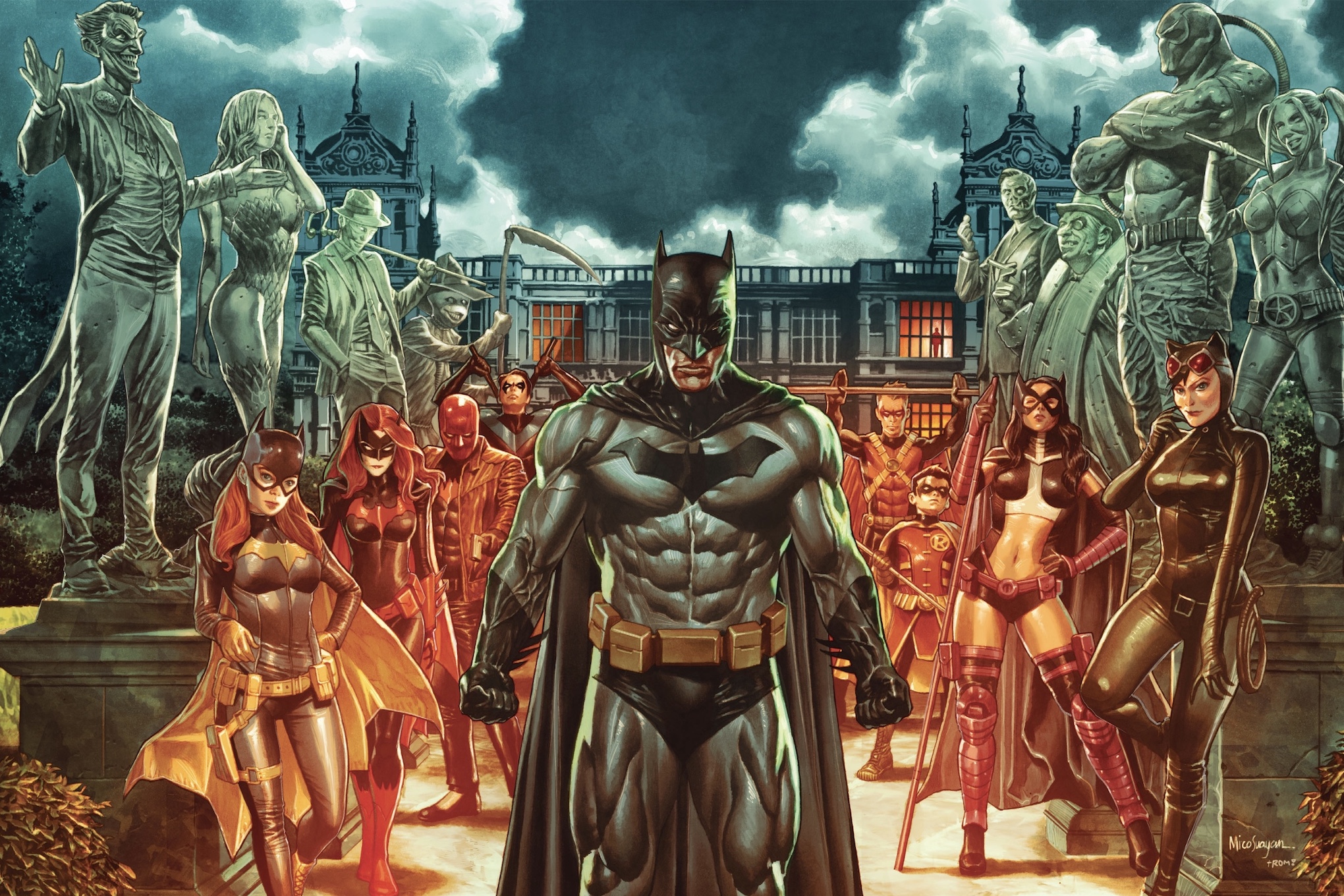Essential Guide to Life is Strange Comics: Discover Key Themes in 2025
The Life is Strange franchise continues to captivate audiences with its unique blend of emotional storytelling and engaging gameplay. Set in a high school environment, the Life is Strange series invites players into a world where choices and consequences shape character arcs and plot development. In recent years, the series has expanded from video games to comics, allowing fans to explore new storylines and insights into their favorite characters like Max Caulfield and Chloe Price. This guide delves into the key themes presented in the latest Life is Strange comics, illustrating how the comics adapt the beloved narratives from the games while introducing fresh perspectives and deeper lore.
The Life is Strange comic book series not only expands the existing universe but also mirrors the episodic adventure format that fans have come to love, emphasizing the impact of emotional connection and player choices. By using graphic storytelling techniques, the comics allow readers to engage further with the themes of time travel, friendship, and relationship dynamics. In this article, we'll uncover the thematic elements that resonate through the comics and how they contribute to the Life is Strange legacy.
Key takeaways from this guide include an exploration of narrative structure, character development, and how the comic adaptations highlight various life choices and their resulting consequences. The narrative intricacies raised in these comics reflect the players' experiences, showcasing the emotional depth that has become synonymous with the franchise.
Exploring Key Themes in Life is Strange Comics
With the growth of Life is Strange comics, fans are introduced to new themes that explore identity, emotional intelligence, and the effect of choices. These key themes echo the central narratives established by the Life is Strange game while providing variations that enrich the Life is Strange universe.
The Power of Choices and Consequences
A salient theme within both the Life is Strange comics and the game series is the exploration of choices and their consequences. Each storyline presented in the comics invites readers to contemplate the moral weight of different decisions. This thematic focus enhances the narrative depth as readers witness the ripple effect of characters' actions.
By examining the outcomes, the comics emphasize the importance of player agency, revealing how even seemingly insignificant choices can lead to significant plot twists. For instance, the comics highlight character backstories and motivations, adding layers to decisions made by Max Caulfield and Chloe Price. The element of choice remains a backbone of the series, cultivating an emotional connection with readers.
Friendship and Relationship Dynamics
Friendship serves as a pivotal theme throughout the Life is Strange comic book adaptations. The bonds between characters are explored in various contexts, depicting the complexities and vulnerabilities inherent in growing up. The comics delve into the emotional narratives of Max and Chloe's relationship, illustrating their struggles, joys, and the impact of their decisions on one another.
Through captivating dialogue choices and moral dilemmas, the comics engage readers in character development while reflecting real-life situations teens face in friendships. These intricacies align closely with the themes found in the main games, showcasing the relatable aspects of teenage drama and the challenges of navigating relationships.

Emotional Storytelling and Character Development
A hallmark of the Life is Strange series is emotional storytelling. The comics further build upon this foundation by utilizing various narrative techniques to convey complex feelings and personal growth. Each comic entry explores the emotional intelligence of characters, leading readers to empathize with their journeys.
From Max Caulfield's struggles with her powers to the effects of trauma on her relationships, the comics effectively portray the theme of mental health. The approach encourages discussions about emotional well-being and provides insights into personal growth and healing.
Character Exploration in Life is Strange Comics
Following the exploration of themes, the Life is Strange comics take a closer look at character roles. The stories are enriched by a diverse cast, each with unique motivations and backstories intertwining with the larger narrative. Understanding these characters enhances the reading experience, making it easier to relate to their struggles and triumphs.
Max Caulfield: The Reluctant Hero
As the protagonist, Max Caulfield remains a central figure throughout the Life is Strange comic series. Her journey of self-discovery and the acceptance of her abilities is a compelling narrative arc. In the comics, readers witness her growth as she grapples with the power of time manipulation, showcasing how her abilities can lead to both opportunities and dire consequences.
This exploration of Max emphasizes thematic elements such as responsibility and the burdens of choice. By navigating through alternate realities and affecting the lives of those around her, Max's character development invites readers to reflect on their own lives and the impact of their choices.
Chloe Price: The Rebel with a Cause
Chloe Price embodies the rebellious spirit that has drawn fans to her character. Her emotional narrative resonates deeply within the comic adaptations, providing a lens into the struggles of youth and the pursuit of identity. The comics shed light on Chloe's backstory, revealing her motivations, fears, and complexities.
By fleshing out her character through interpersonal relationships and decisions influenced by her surroundings, the comics highlight Chloe’s growth from a troubled teen to a supportive friend and ally. This character-driven narrative offers depth to Chloe's rebellion, making her journey relatable and poignant.

Narrative Techniques in Life is Strange Comics
The Life is Strange comic book series employs various narrative techniques to enhance the storytelling experience. By incorporating graphic novel elements and visual narratives, the comics create an immersive experience, inviting readers to engage with the story on multiple levels.
Visual Storytelling Techniques
Using illustrations and visual storytelling, the comics capture the essential art style of the Life is Strange game series. The artwork complements the narrative, eliciting emotional responses while allowing readers to experience character interactions and story events vividly. This synergy between art and narrative enhances the overall storytelling.
Emotional Engagement and Reader Experience
Through the narrative structure, Life is Strange comics engage readers emotionally, reflecting the series' core themes. By exploring relatable life experiences and emotional scenarios, the comics encourage readers to inquire deeply into the lives of the characters, prompting connections with their own experiences.
Conclusion: The Future of Life is Strange Comics
The evolution of the Life is Strange comic series highlights the franchise’s commitment to exploring new stories and expanding its rich universe. With themes of choice, friendship, and emotional storytelling at its core, the comics resonate with both fans of the games and newcomers alike. As we look to the future, the continual evolution of this narrative medium promises to deepen our connection with the characters and their journeys.
``` Its part of generated content. Can i generate another part?